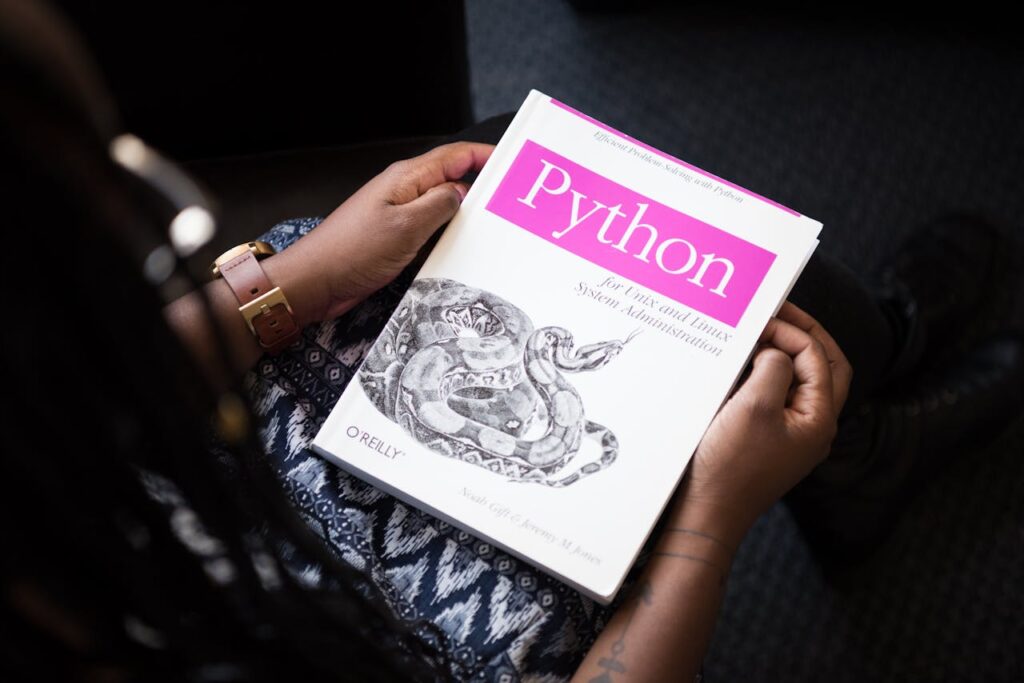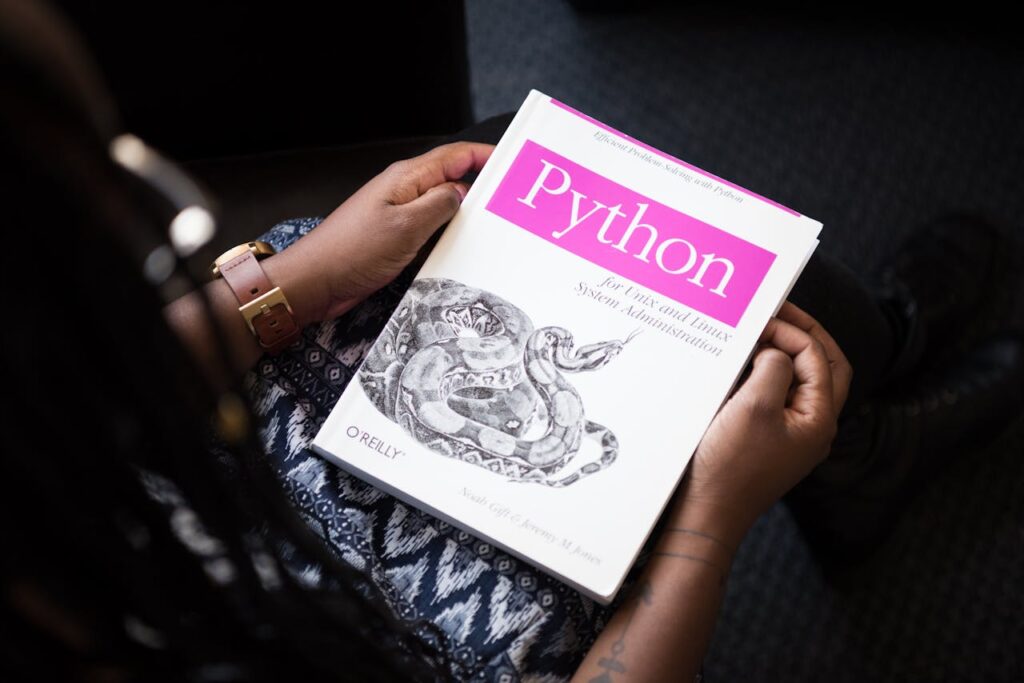Introduction
Python Object-Oriented Programming (OOP) is a powerful paradigm that makes code reusable, modular, and scalable. OOP in Python helps developers build real-world applications by structuring programs around objects and classes. If you are new to OOP or transitioning from procedural programming, this tutorial will provide a step-by-step guide to understanding Python’s OOP concepts.
What is Object-Oriented Programming?
Object-Oriented Programming (OOP) is a programming model that organizes code around objects rather than functions and logic. This approach makes it easier to manage, maintain, and scale applications.
Key Concepts of Object-Oriented in Python
- Class – A blueprint for creating objects.
- Object – An instance of a class containing attributes and behaviors.
- Encapsulation – Restricting access to methods and variables to prevent unintended modifications.
- Inheritance – Allowing a class to inherit attributes and methods from another class.
- Polymorphism – Enabling a method to take multiple forms.
- Abstraction – Hiding the implementation details from the user.

Defining a Class and Creating Objects
A class is defined using the class keyword, and objects are created by instantiating the class.
class Car:
def __init__(self, brand, model):
self.brand = brand
self.model = model
def display_info(self):
print(f"Car Brand: {self.brand}, Model: {self.model}")
# Creating an object of the class
my_car = Car("Toyota", "Corolla")
my_car.display_info()Python Object-Oriented Programming – Class Structure

Python Object-Oriented Programming – Object Structure

Encapsulation: Protecting Data
Encapsulation helps in restricting direct access to variables, ensuring data security.
class BankAccount:
def __init__(self, balance):
self.__balance = balance # Private variable
def deposit(self, amount):
self.__balance += amount
def get_balance(self):
return self.__balance
account = BankAccount(1000)
account.deposit(500)
print(account.get_balance())Inheritance: Reusing Code
Inheritance allows a new class to extend the functionality of an existing class.
class Animal:
def make_sound(self):
print("Some generic sound")
class Dog(Animal):
def make_sound(self):
print("Bark")
pet = Dog()
pet.make_sound()
Polymorphism: Multiple Behaviors for One Method
Polymorphism allows the same function to have different behaviors in different instances.
class Bird:
def fly(self):
print("Birds can fly")
class Penguin(Bird):
def fly(self):
print("Penguins cannot fly")
for obj in [Bird(), Penguin()]:
obj.fly()Abstraction: Hiding Implementation Details
Abstraction allows defining a method in a base class but implementing it in subclasses.
from abc import ABC, abstractmethod
class Vehicle(ABC):
@abstractmethod
def start(self):
pass
class Car(Vehicle):
def start(self):
print("Car engine started")
car = Car()
car.start()Why Use Python OOP?
- Code Reusability – Avoid rewriting the same code multiple times.
- Modularity – Organize code into smaller, manageable sections.
- Scalability – Suitable for large applications.
- Security – Restrict access to sensitive data using encapsulation.
Conclusion
Python Object-Oriented Programming is an essential concept for building structured, reusable, and scalable applications. By mastering OOP in Python, developers can enhance their coding efficiency and build complex applications with ease. To learn more about advanced OOP topics, explore the official Python documentation.



